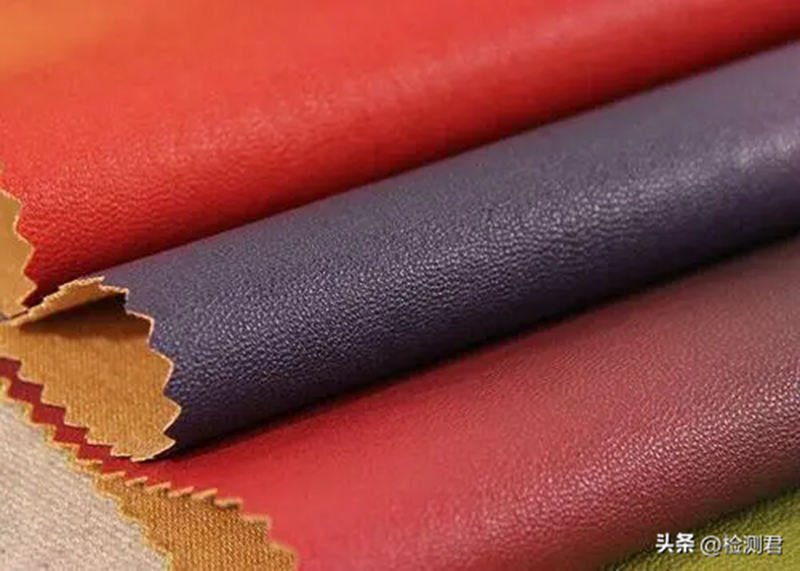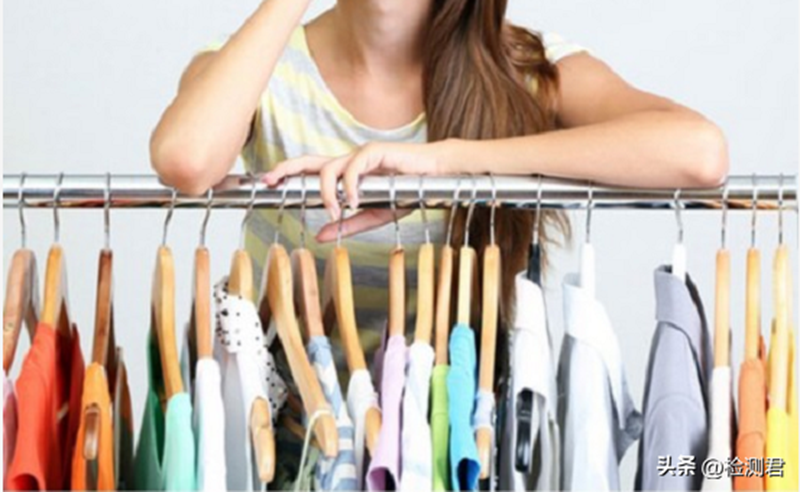PVC was once the world’s largest general-purpose plastic in production and widely used. It is widely used in building materials, industrial products, daily necessities, floor leather, floor tiles, artificial leather, pipes, wires and cables, packaging films, bottles, foaming materials, sealing materials, fibers, and other fields.
However, on October 27, 2017, the list of carcinogen published by the International Agency for Research on Cancer of the World Health Organization (WHO) was preliminarily collated and referenced, and PVC was included in the list of Class 3 carcinogen. Vinyl chloride, as the raw material for PVC synthesis, is listed in the list of Class I carcinogen.
01 Sources of vinyl chloride substances in shoe products
Vinyl chloride, also known as vinyl chloride, is an organic compound with the chemical formula C2H3Cl. It is an important monomer in polymer chemistry and can be obtained from ethylene or acetylene. It is mainly used to manufacture homopolymers and copolymers of polyvinyl chloride. It can also be copolymerized with vinyl acetate, butadiene, etc., and can also be used as an extractant for dyes and spices. It can also be used as a comonomer for various polymers. Although vinyl chloride is an important raw material in the plastic industry, it can also be used as a refrigerant, etc. It can also be used as an extractant for dyes and spices. In the production of footwear and clothing products, vinyl chloride is used to produce polyvinyl chloride (PVC) and vinyl polymers, which can be hard or flexible materials. Possible uses of PVC include plastic screen printing, plastic components, and various coatings on leather, synthetic leather, and textiles.
The residual vinyl chloride monomer in the material synthesized from vinyl chloride can be slowly released in the material, which has an impact on consumer health and the ecological environment.
02 Hazards of vinyl chloride substances
Vinyl chloride can participate in photochemical smog reactions in the environment, but due to its strong volatility, it is prone to photolysis in the atmosphere. Vinyl chloride monomer poses various risks to workers and consumers, depending on the monomer type and exposure pathway. Chloroethylene is a colorless gas at room temperature, with a slight sweetness at around 3000 ppm. Acute (short-term) exposure to high concentrations of vinyl chloride in the air can have effects on the central nervous system (CNS), such as dizziness, drowsiness, and headaches. Long term inhalation and exposure to vinyl chloride may cause liver cancer.
At present, the European and American markets have focused on the use of vinyl chloride monomers in PVC materials and their materials, and have implemented legislative controls. Most well-known international brands require that PVC materials be prohibited in their consumer products. If PVC or materials containing PVC are necessary due to technological reasons, the content of vinyl chloride monomers in the materials must be controlled. The International RSL Management Working Group for Clothing and Footwear AFIRM, 7th Edition 2022, requires that the VCM content in materials should not exceed 1ppm.
Manufacturers and enterprises should strengthen supply chain control, with a particular focus on and control the content of vinyl chloride monomers in PVC materials, plastic screen printing, plastic components, and various PVC coatings on leather, synthetic leather, and textiles. At the same time, it is also necessary to pay attention to the optimization of production processes, improve the quality management system, and further improve the level of product safety and quality to comply with relevant control requirements.
Post time: Apr-14-2023








